Good joint guide: how to stop creaking
Want to stop creaking joints? You could follow the Queen’s lead and cut down on alcohol. Or you could try these other seven tips.
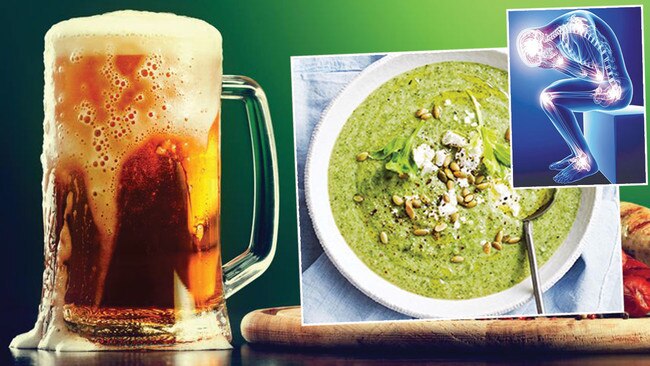
She is known to enjoy a regular tipple, but the Queen is said to have given up one of her preferred beverages — a dry martini in the evening — on the advice of her doctors. According to the royal sommelier Demetri Walters, she has not given up alcohol completely, but “doesn’t drink much wine at the moment”. Walters said that the Queen was cutting down partly because “it’s bad for her joints”.
It is not unexpected that, at 95, the Queen might be considering ways to stop her joints creaking. According to Versus Arthritis, the UK’s largest charity dedicated to supporting people with the condition, about ten million of us suffer some level of joint pain, mostly osteoarthritis. This is a result of damage to cartilage, the smooth, rubbery layer that covers the ends of bones, and often due to wear and tear as we get older. Rheumatoid arthritis, an auto-immune condition that causes inflammation and painful swelling in the joints, affects about 400,000 people.
Are we doomed or are there steps we can take to glide into old age? Here we look at the latest advice on how to keep our joints moving smoothly.
1. Keep alcohol intake in check (and stay off the beer)
Moderate amounts of alcohol have been shown to have negligible risk for osteoarthritis and rheumatoid arthritis. Some studies show that moderate intake might even be protective – although before you get excited this means four units a week.
Some drinks appear to be worse for joints than others. A study of almost 3,000 British men and women aged 45 to 86 suggested that beer consumption was more risky than wine in terms of hip and knee osteoarthritis. Consuming more than the recommended 14 units a week of any drink is unhelpful and if you suffer from arthritis it may do more harm than good. “Drink too much and the outcome for your joints gets worse,” says Professor Ian Clark, a molecular cell biologist at the University of East Anglia. “There is certainly no protective effect with higher intakes.”
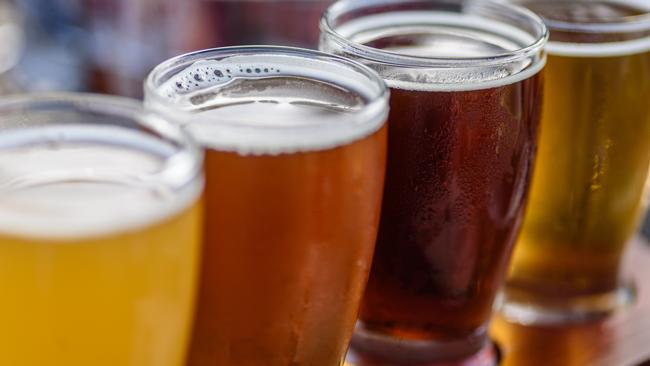
Any alcohol should be limited if you have gout, a type of arthritis caused by having too much uric acid in your bloodstream. Since alcohol can raise the level of uric acid in the blood, it increases your risk of developing gout or suffering an attack. And the UK Gout Society says that beer is among the worst offenders.
2. Have broccoli soup
If there is one thing you should eat more of for joint protection it is broccoli. “In previous animal studies we have shown that sulforaphane, a naturally occurring compound in broccoli, slows down the destruction of cartilage in joints with signs of debilitating osteoarthritis,” Clark says.
“In short, we found that mice fed a diet rich in sulforaphane had healthier joints with significantly less cartilage damage than those that didn’t consume it.”
Whether the same effects were true for humans has been the focus of a pilot trial of people over 50 with knee osteoarthritis. The initial findings are promising, Clark says. He and his team fed broccoli soup daily to some of the participants and a placebo soup that looked and tasted similar to others.
“So far the outcome seems very positive,” Clark says. “Eating plenty of broccoli ahead of joint surgery means sulforaphane gets into the synovial fluid of joints, improving the cartilage.” A larger study is planned and Clark says that for most people eating more broccoli is a positive step for joints.
“People on blood-thinning medication should consult their GP as broccoli is rich in vitamin K, which interacts adversely with the drugs. But for most of us broccoli is good.” Other cruciferous vegetables, including Brussels sprouts and cauliflower, contain sulforaphane but Clark says broccoli is the best source.
3. Do 15 minutes of strength exercise every day
Bill Ribbans, professor of sports medicine at the University of Northampton and a consultant in orthopaedic surgery, says our joints are designed to be moved. “They need to move in order to be able to fulfil their normal function,” he says. “And if cartilage is not being stressed in a reasonable fashion through activity it won’t stay healthy.”
Any form of exercise that does not cause pain will promote joint health. In a study at the University of Nottingham researchers found that embarking on a program of 15 minutes of basic daily muscle strengthening – such as step-ups, push-ups and moves using dumbbells – led to increased levels of cannabis-like substances called endocannabinoids in the bodies of people with arthritis. After six weeks, the exercise newcomers had lower levels of inflammatory substances called cytokines and less pain than people with arthritis who did nothing.
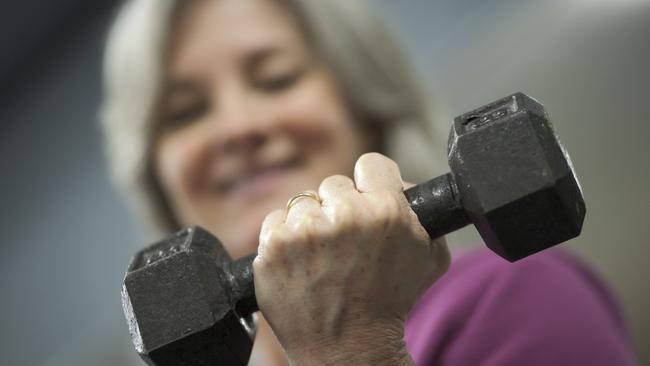
According to the researchers, the likely reason is that the exercise group also had more microbes of the kind that produce anti-inflammatory substances in their guts. “Our study clearly shows that exercise increases the body’s own cannabis-type substances, which can have a positive impact on many conditions,” says Dr Amrita Vijay, a research fellow at Nottingham’s school of medicine and lead author of the paper.
4. Vary your activity
Too much exercise is often blamed for inducing osteoarthritis. However, researchers at the University of Southampton found no link between exercise levels and knee arthritis when they reviewed evidence from more than 5,000 people. Lucy Gates, a senior research fellow at Southampton’s centre for sport, exercise and osteoarthritis research, looked at studies on people who initially had no knee pain and who were tracked for 5 to 12 years as they recorded how much sport and physical activity they did, as well as the intensity of effort. At the end of the trials participants were asked if knee pain had increased or if they had been diagnosed with osteoarthritis through a scan. “In a nutshell we didn’t see any effect of the amount or intensity of recreational physical activity on development of knee arthritis,” Gates says. What they did not look at is whether a particular type of exercise had a negative effect, although Ribbans says that the safest approach is to do different types of exercise.
“If all you do is cycle or run then the joints of your lower body are taking much more of a pounding than joints elsewhere,” he says.
“The best idea is not to overload one set of joints. Vary things as much as you can and always remember that doing too little exercise is as bad for your joints as stressing them with too much of the same sort of activity.”
5. You can keep on running – within reason
It’s an anomaly that, despite all the pavement pounding, long-term runners seem to have relatively healthy knee joints. Studies have shown that running may even be beneficial for long-term joint health. A 2021 paper in the British Journal of Sports Medicine showed that only 3.5 per cent of recreational runners have osteoarthritis of the knee or hip, compared with 10.2 per cent of sedentary people. And a recent review of 43 studies in the journal Sports Medicine confirmed that regular running does not cause short-term or long-term damage to the knees.
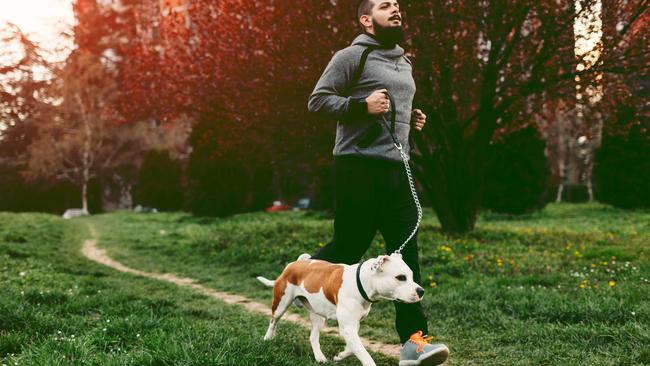
Researchers are beginning to understand why, and it comes back to the fact that any activity – running and walking included – stimulates healthy cartilage. For years it was thought that, with no blood or nerve supply, knee cartilage was an inert shock absorber, incapable of repairing itself, and that once it had been worn away, osteoarthritis was the likely end result. In fact it is a living tissue that, up to a point, is maintained and repaired by the cells contained within it. None of this means that runners are immune. If you have any severe or prolonged joint pain after running, it’s a sign something is wrong. “Genetics and many other factors play a role in cartilage damage that can cause osteoarthritis,” Ribbans says.
6. Lose weight (a single kilo can make a difference)
According to Versus Arthritis, obesity is the “largest modifiable risk factor” for osteoarthritis. “In the course of daily activity you will be subjecting your joints to much more of a load if you are overweight,” Ribbans says. “Going up a single stair puts pressure equivalent to multiple amounts of your body weight across your kneecap, and losing even a pound can mean up to four times less force going through your knee joint daily.”
7. Don’t bother with supplements
Supplements such as collagen, glucosamine and chondroitin come laden with a promise of joint pain relief, but Clark says there is no firm scientific evidence they will protect or improve your joint health. “Many of the studies into the benefits of supplements are very small scale,” he says.
8. Improve strength and balance
Traumatic injuries to joints, such as a torn anterior cruciate ligament, are a serious long-term risk for osteoarthritis. For a study in Lancet Rheumatology this year, researchers at Oxford University’s Kennedy Institute of Rheumatology recruited 150 people aged 16 and 50 who had experienced an acute knee injury within the previous eight weeks and tracked them for two years.
Analysis revealed that a lot of the participants had continuing knee pain and 15-20 per cent were showing signs of knee osteoarthritis two years after injury. Ribbans says it’s key to reduce the risk of acute knee injuries. “If you have strong quads and hamstrings, there will be better control around the joint and you will be less susceptible to injury and long-term damage,” he says. “But improving balance by doing agility work on Bosu balls and wobble boards is just as important as strength work, particularly as we age.” Standing on one leg, eyes closed, for 30 seconds each side every day is better than nothing.
“Use it or lose it is the message when it comes to better balance for joint protection,” Ribbans says.
The Times

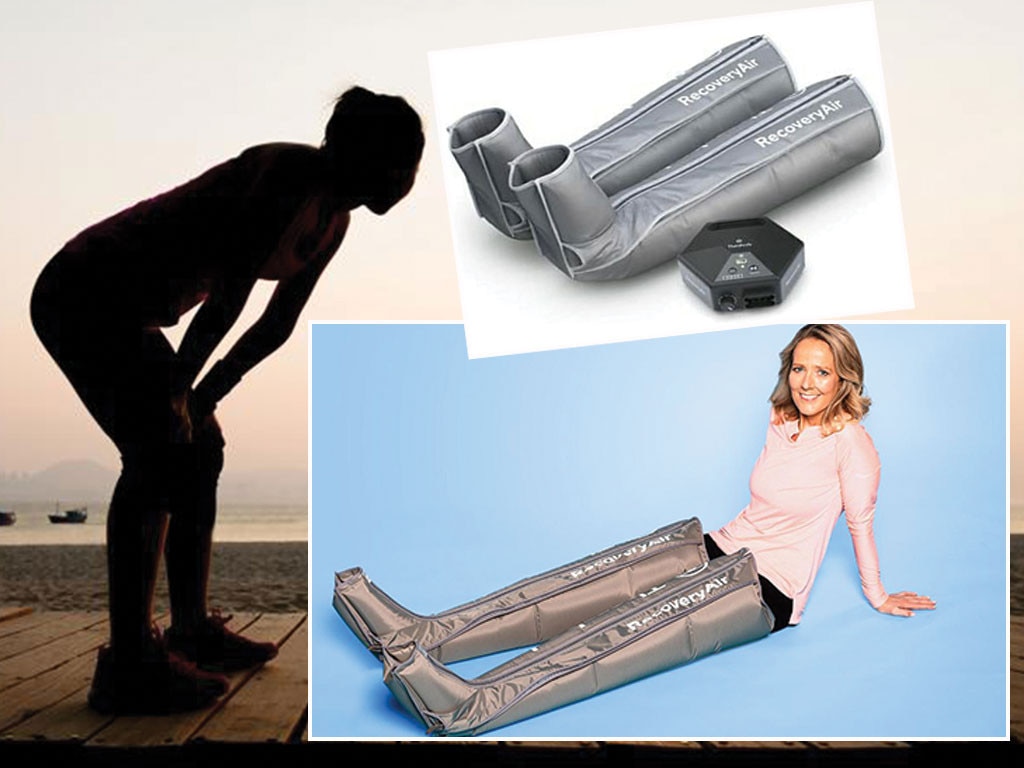





To join the conversation, please log in. Don't have an account? Register
Join the conversation, you are commenting as Logout